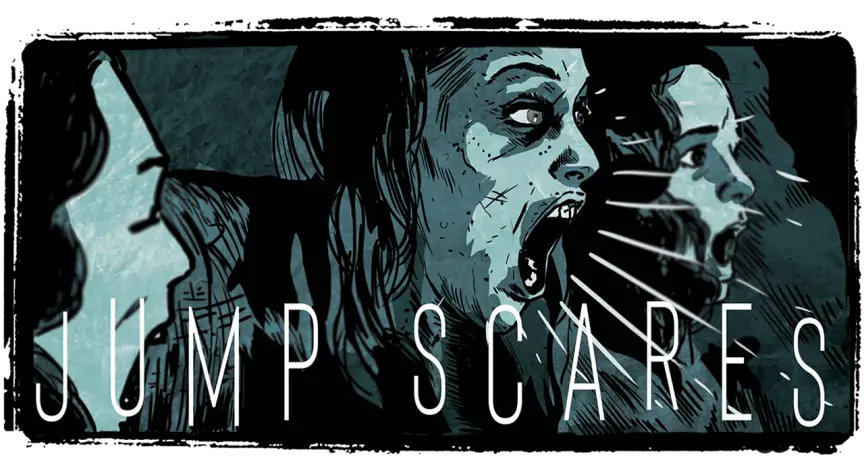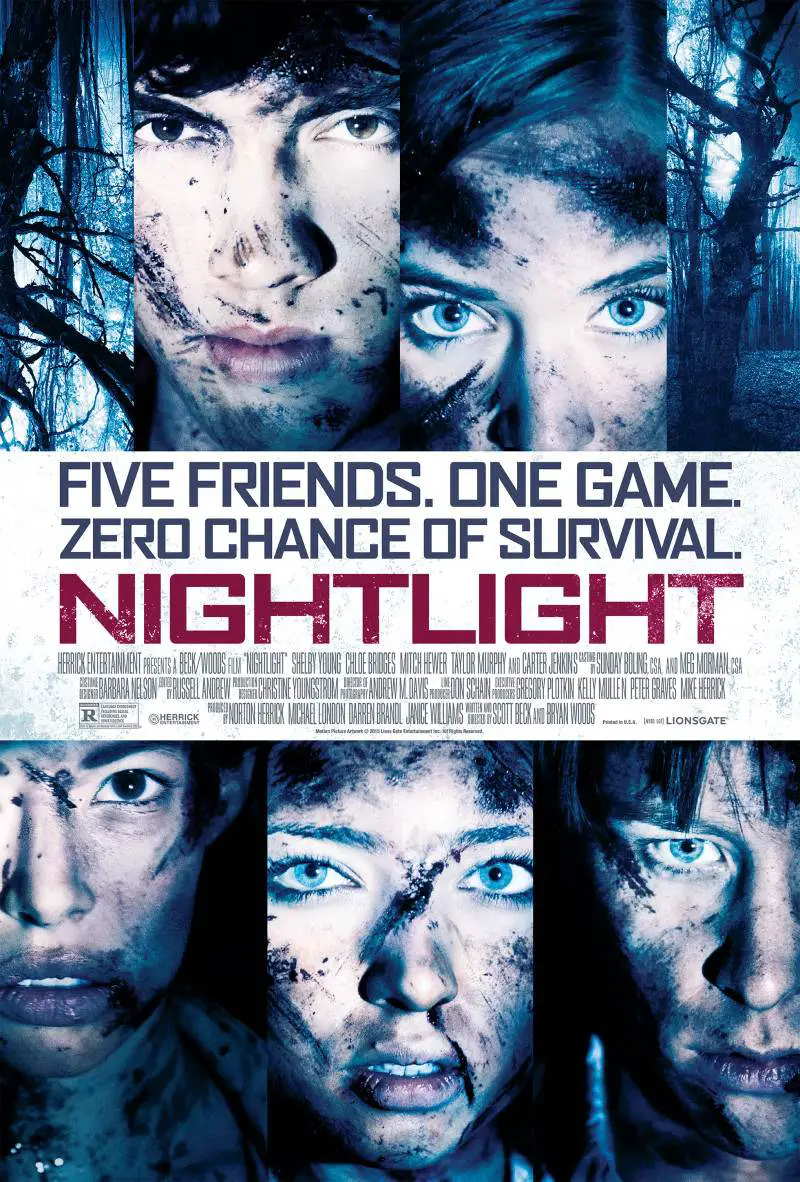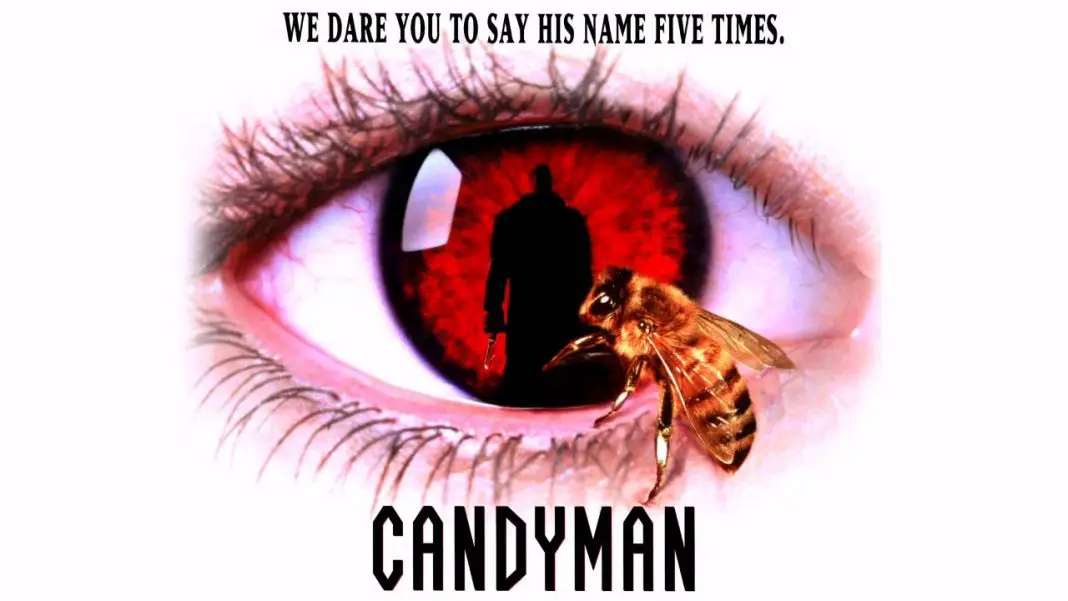If there is one fight worth having about horror, it’s in regard to jump scares. They are quite possibly the most divisive trope in the genre filmmaker’s repertoire. Sometimes called “cheap”, “easy,” or “annoying,” jump scares are down-right loathed or avoided by an increasingly vocal subset of horror fans.
If you troll the haunted message boards of the Internet looking for discussions about on-screen blood, murder, and mayhem like I do, you may have noticed a tendency for posters to gate-keep the genre–referring to jump scares and apologists of the tactic as childish.
I’ve seen posts like this at r/horror as long as I’ve been checking out that subreddit (dating back to at least 2013). It’s hard to tell exactly why a certain sentiment or popular opinion regarding a community can take hold at a certain time. With that in mind, I’ve set out to explore the full-throated jump scare hate, and determine if it’s truly a recent, trendy problem like some Internet commenters seem to think.
Well, if you checked that link out, you know the answer isn’t very simple. According to wheresthejump.com there has been “a gradual increase in the frequency of jump scares with a spike occurring during the 1980s.” However, according to that same table, “…the number of jump scares per movie seems to have leveled off at around 10 per movie.” There are more jump scares in modern movies. But since 2000, the number has really only fluctuated between 8.4 and 10.2 JSPM (Jump Scares Per Movie).
So I guess it isn’t really a modern convention of horror. Which begs the question: is there a seminal horror movie jump scare?
I’m sure there are some film aficionados much smarter and better dressed than me who would point to early films like George Albert Smith’s The Haunted Castle (1896) as one of the earliest instances of a jump scare in a horror movie. I tend to disagree for 2 reasons:
- I wouldn’t really call the film a horror movie, and…
- The scene in question most likely scared audiences at the time with visuals showing up without much warning, but that alone does not a jump scare make.
I don’t know, watch the whole thing and tell me what you think. I’ll entertain an argument for The Haunted Castle to be considered a horror movie, but I don’t think I can get to the point where I consider the simple appearance of something a jump scare. Which probably means we need to define exactly what a jump scare is. I could look this up and find some very boring definition that overstates what is most likely obvious to every horror nut already. You know it when you see it: A jump scare is an abrupt sound and action cue coming in the middle of, or directly after, a scene of rising tension.
With that in mind… what could be the first jump scare?
Seems to me, like so many other firsts in the genre, the first jump scare shows up in Alfred Hitchcock’s 1960s thriller, Psycho. One could make a case for either the infamous shower murder of Marion featuring that deliciously discordant score, or, if that scene is too telegraphed for jump scare purists, the murder of Arborgast, which features barely any hint of the violence about to jump off.
Did You Know? Wicked Horror TV Has Classic and Independent Horror Films Available to Stream for Free!
But why has this discussion seemed to ramp up so much in recent years? My guess is the recent popularity of A24 films like The VVitch, It Comes at Night, and Hereditary. All three were well received by critics and horror fans, with mature, subdued approaches to the genre in stark contrast to the frights of the scare-a-minute style style of Final Destination, Paranormal Activity, or the modern slasher and zombie movie remakes.
This alternative way of frightening audiences, coupled with the basic fact that if you jump at a jump scare you have in some way lost to the filmmaker, goes a long way towards explaining the recent conversation around the trope. It doesn’t so much feel like the director has earned the reaction from you.
It’s more like you were tricked. Fans don’t like that a lot of times. They want their films to execute on all the unique aspects of horror films that make them love the genre, and then, by that unique combination of expectation, surprise, and skill, s**t their pants in public.
Speaking of pants s**tting… that scene in The Haunting of Hill House. You know the one. It’s an example of a jump scare done right–and I don’t think even the most hard-line jump scare critics would go so far as to disagree that, when done right, the genre convention can be deliciously entertaining.
But is there a best jump scare of all time? I wracked my brain and I thought of a moment in Saw involving a camera flash, that one scene from Signs, and the tv scene from The Ring. Without analyzing my choices too much it seems like all three utilize secondary views through televisions and cameras, characters showing up where they are not expected, and poor lighting or visibility.
I may be on to something.
Doing a bit of quick research I found a survey on Ranker.com where voters agreed that the hand clapping scene from The Conjuring was the “all-time best jump scare in horror movies.” Seems pretty definitive to me. Definitely jives with my poor lighting and visibility angle. But Ranker and I might be completely off base, let us know what you think.
Jump scares may not be the most elegant way to go about entertaining your audience. They play to a more primal place in viewers than I think we like to admit. There isn’t any sort of intellectual or emotional horror going on. There is no empathy to a jump scare. You don’t need to put yourself in the shoes of the protagonist, or have a delicate combination of lighting and music set the stage for the perfect horrifying moment. It’s much more base than that. It’s heart racing, cold sweaty palms, screams, and defensive postures. All some sort of lizard brain mechanisms to keep us safe from what stalks moors in the night.
So it stands to reason we don’t like that feeling when it gets us. And maybe it is the mark of a lazy filmmaker who only uses these tactics to get a reaction from their audience. Jump scares aren’t, however, completely devoid of value. They have been used to some degree since filmmakers first attempted to scare other human beings.
There is something to be said for the careful, cerebral treatment horror has gotten from the variety of slower-paced, more societally-focused films we’ve seen of late. But think back to some of the iconic moments in your horror memories. The moments in film that kept you up at night. The scenes you talked about the next day in class–other children crowded around you at the lunch table. How many of those times were jump scares involved?
How many of those scares got you into horror in the first place?
For more scary moments from your childhood, see: Traumatizing Moments From Kids Movies That Feel Straight From a Horror Film


